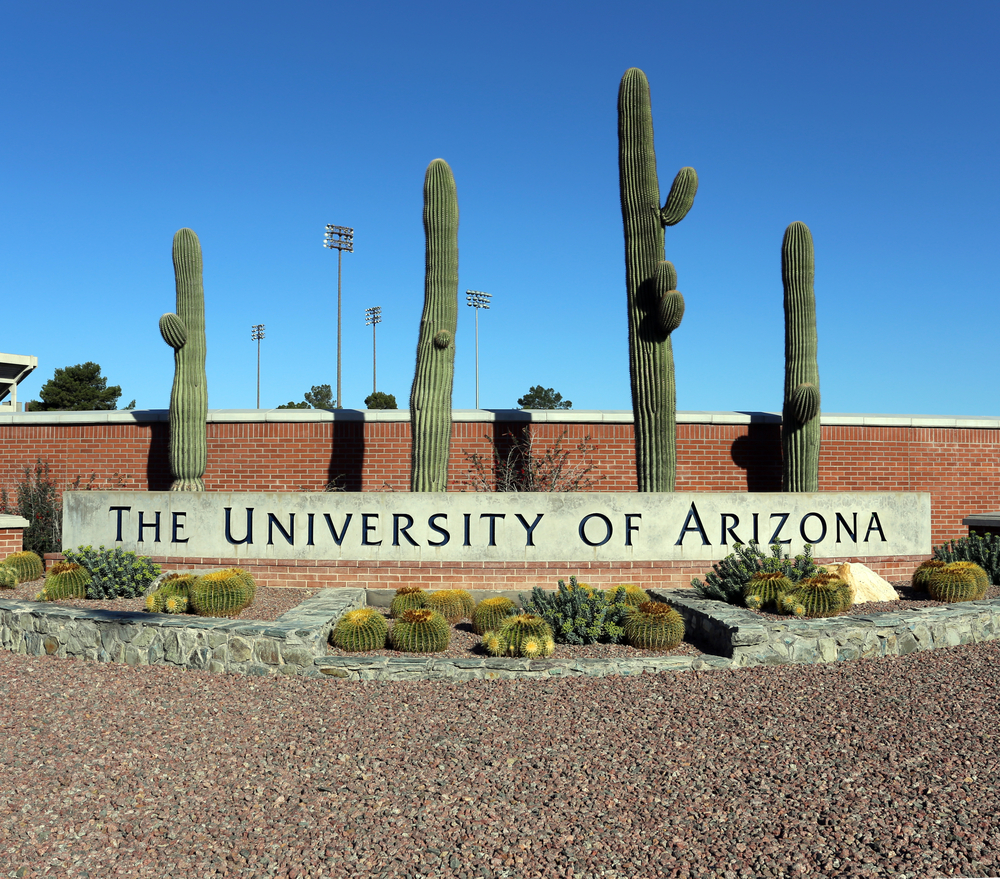The devastating news arrived through internal channels before spreading across campus like wildfire. The University of Arizona has lost access to nearly $60 million in federal funding after 64 research grants were either terminated outright or subjected to stop-work orders that effectively halt ongoing projects. The financial catastrophe represents one of the most severe funding crises in the institution’s modern history.
Internal university tracking systems reveal the scope of the disaster, with the $59.2 million loss affecting research spanning multiple disciplines including science, engineering, health sciences, and public service initiatives. The sudden funding withdrawal threatens to disrupt not only ongoing research projects but also the careers and livelihoods of faculty members, graduate students, and staff who depend on these grants for their work.
University officials acknowledge the severity of the situation while noting that the pace of new stop-work orders has slowed in recent weeks. However, the uncertainty surrounding the federal funding freeze continues to create anxiety throughout the campus community as researchers scramble to understand which projects might face similar fates.
Arizona education faces statewide funding crisis
The University of Arizona’s predicament reflects a broader pattern of federal funding cuts affecting educational institutions throughout the state. Arizona school districts are confronting the potential loss of nearly $120 million in federal education funding, while public health agencies face $190 million in cuts to grants supporting disease surveillance and infrastructure development.
This coordinated reduction in federal support suggests systematic policy changes rather than isolated budget adjustments affecting individual institutions. The simultaneous impact across multiple sectors indicates that Arizona’s entire educational and public health infrastructure faces significant operational challenges in the months ahead.
The timing proves particularly problematic as institutions had already committed resources and personnel based on anticipated federal funding streams. Many research projects were in critical phases when the funding disappeared, creating immediate disruptions that may take years to resolve fully.
Research programs face immediate disruption
Federal grants serve as the foundation for university research operations, supporting everything from laboratory equipment and supplies to graduate student stipends and faculty salaries. The sudden loss of $60 million forces immediate decisions about which projects can continue with alternative funding and which must be suspended or abandoned entirely.
Graduate students find themselves in particularly vulnerable positions, as many depend on grant funding for both their research and financial support throughout their academic programs. Faculty members face similar uncertainties about ongoing research commitments and the ability to maintain their teams and laboratories.
The disruption extends beyond current projects to future research planning, as faculty become hesitant to propose new initiatives without confidence in federal funding stability. This cautious approach could limit the university’s research productivity and competitiveness for months or years to come.
Institution seeks alternative funding strategies
University administrators are working aggressively to identify alternative funding sources and advocate for the restoration of terminated grants. These efforts include reaching out to private foundations, industry partners, and state government agencies that might provide bridge funding for critical research projects.
The challenge lies in replacing not just the financial support but also the credibility and validation that federal grants provide to research programs. Federal funding often serves as a seal of approval that attracts additional support from other sources, making its loss particularly damaging to institutional reputation.
Long-term implications threaten institutional standing
The funding crisis threatens the University of Arizona’s national standing as a major research institution. Universities are ranked partly based on their ability to attract federal research funding, and sustained losses could affect everything from faculty recruitment to student enrollment decisions.
The situation also raises questions about the university’s financial management and diversification strategies. Institutions heavily dependent on federal funding face inherent vulnerability to policy changes and budget fluctuations beyond their control.
As faculty and administrators work to navigate this crisis, the broader implications for Arizona’s research capacity and economic development continue to unfold.

















